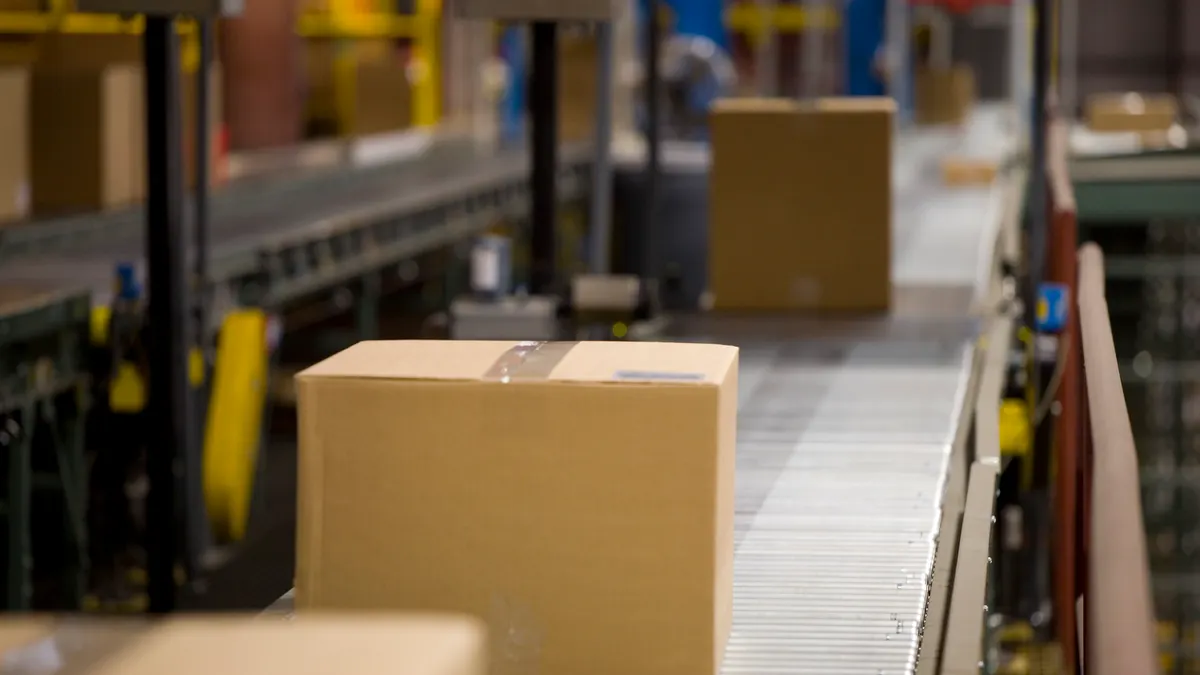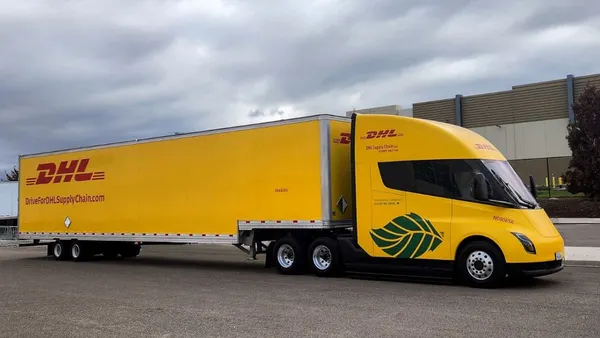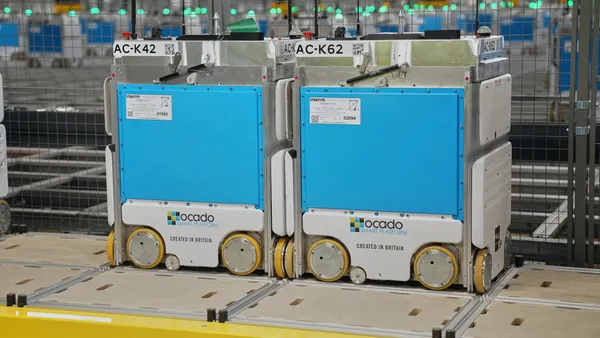Retailers and logistics experts are asking the impossible: do more with less, raise service levels, reduce shrink, and comply with new transparency laws at a moment when labor is in short supply and demand is unpredictable. This article covers how item-level RFID turns static inventory into living data, uniting supply chain operations and loss prevention from source to shelf. Learn why source tagging matters, how tamper-evident packaging reduces returns fraud, and what a right-sized rollout looks like in DCs and stores. If you’re chasing on-shelf availability, faster fulfillment, and audit-ready traceability, this practical guide shows where to start and how to scale with confidence today, operationally.
Supply chain leaders are being challenged to do three hard things at once: raise service levels, reduce operating costs, and protect merchandise from loss and contamination. That's a tall order when demand is unpredictable, labor is tight and returns and e-commerce complexity keeps growing. The common thread through all these challenges is truth in short, the need for a single source of truth about each item's identity and state from source to shelf.
Item-level RFID delivers that reality. By giving a unique digital identity to each item that can be read regardless of line of sight, RFID turns fixed inventory into dynamic, searchable data. When executed properly, it is the tissue that binds factories, 3PLs, DCs, stores, and consumers together - closing visibility gaps created by traditional barcodes and batch-based processes.
From visibility to accuracy
RFID's initial successes were about speed, faster counts and cycle audits. Now the value has expanded to accuracy: not just what you have, but exactly what, where, and in what condition. That matters when working with date-coded goods, serialized parts, controlled commodities, and high-shrink SKUs. Item-level scanning at receive, put away, and pick/pack enables teams to verify chain of custody, confirm compliance, and sift exceptions without slowing down.
Source tagging unlocks scale
The best programs start upstream. When products are source-tagged with RFID inlays inserted into labels, packaging, or tamper-evident bands every stakeholder is given the same identity standard. That makes it possible for automated receiving (no unboxing), touchless cycle counts on the move, and exception-based processes in DCs and stores. The payoff: less surprises, higher on-shelf availability, and less time spent hunting for inventory that "should be here."
Consider a beverage or personal-care company using RFID-enabled tamper-evident shrink bands. Individual units are serialized and brought online at the factory. Pallets and cases are read at the DC using overhead or portal readers no unpacking of packs. In-store, associates can instantly find specific SKUs for e-commerce pickup, while loss-prevention groups use the same identity to block theft and validate legitimate returns. Single identity. Multiple dividends.
LP and operations finally intersect
Loss avoidance and supply chain optimization ran parallel courses for decades. RFID brings them together. Item-level intelligence improves pick rates and replenishment and reduces shrinkage especially in ticket-switching or return-fraud-vulnerable categories. Tamper-evident and destructible form factors add to a physical obstacle, the digital identity behind them bars bad data (and bad actors) from entering. You don't have to trade speed for control.
Compliance without chaos
New product-passport and traceability regulations are raising the bar on transparency. RFID allows teams to meet those requirements with less effort, recording events (shipping, receiving, commissioning, sale, return) in the regular workflow. Instead of building bespoke audits, you create evidence from the system of record that's already tracking the movement of goods.
What good looks like
Effective RFID programs possess five traits:
- Prioritized start: Begin with a subset of SKUs where shrink, service level, or labor pain is worst.
- Upstream integration: Push tagging as close to the source as possible to avoid downstream re-labeling.
- Right-fit hardware and design: Configure readers, portals, and tag form factors to your setting (DC portals, handhelds, overhead readers, tamper-evident bands, or label conversions).
- Clean data and analytics: Leverage serialization and event data as product assets—baked into WMS/ERP and displayed on role-based dashboards.
- Change management: Train associates to exception-based work flows and bake KPIs (inventory accuracy, pick quality, on-shelf availability, shrink rate, and time-to-find) in.
The business case writes itself
When inventory is right the first time, all downstream processing speeds up: less re-pick, less expedite, less customer make-good. When products are easier to protect and harder to counterfeit, shrink and returns abuse shrink. And when audits leverage event data, compliance is a by-product of smart operations, not a distinct project. RFID is no longer a point solution; it's a business model. The winners among the players won't just deploy RFID, they'll be structured around it, from packaging strategy to DC design to store processes. That change makes information an everyday advantage: better availability to the customer, safer products in transit, and individuals who get to spend their time solving problems and not hunting for product.
Checkpoint Systems partners with brands, retailers, and logistics providers to design and scale item-level RFID programs, from source tagging and smart packaging to DC automation, store operations, and loss prevention. If you’re ready to turn visibility into veracity, Contact - Checkpoint Systems - RFID and RF Technology solutions we’re ready to help.










